South African photographer David Goldblatt, born in 1930, made images that were shaped by the political history with which his lifespan intersected, and he possessed a singular drive to capture the truths of his country in a manner that was both urgent and nuanced. When he died on Sunday at 87, he left a legacy of rich reflection in the form of his many books.
Goldblatt’s grandparents joined South Africa’s Jewish émigré population having fled persecution in Lithuania during the 1890s. His father ran a haberdashery in Randfontein, a mining town 25 miles west of Johannesburg, on the Witwaterstrand, the gold-bearing escarpment for which South Africa’s currency, the rand, is named.
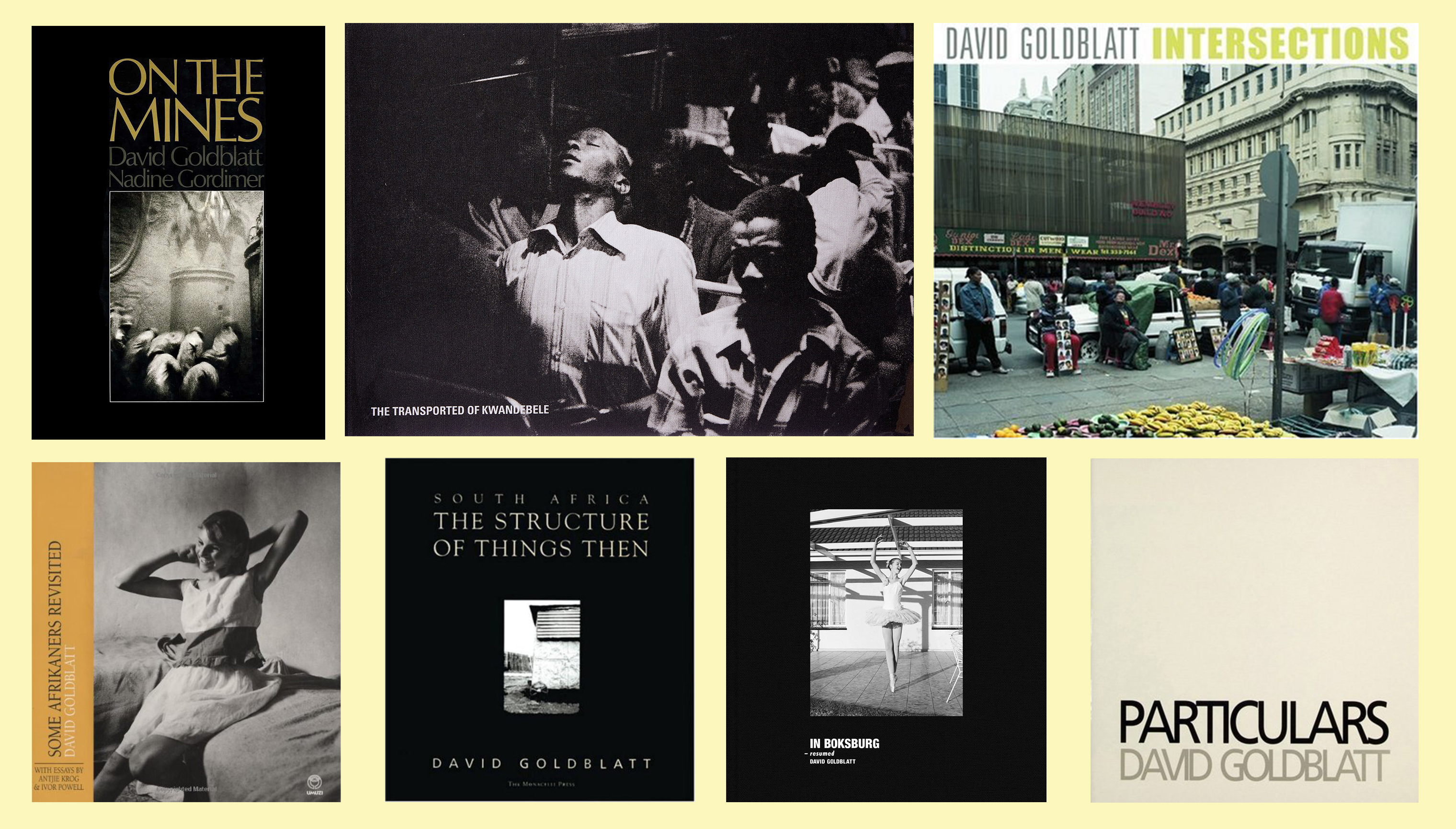
Goldblatt was perpetually aware of racial injustice growing up, well before the National Party made South Africa globally notorious for apartheid. His family home was near a police station where, he wrote, “early in the morning you would see in the yard the Africans who had been arrested the previous day—mostly for pass offences, I presume—being handcuffed together in rows… and marched through the streets of the town to the Magistrate’s Court. It was inconceivable that whites would have been subject to this humiliation.”
This era was also the golden age of the big picture magazine, and Goldblatt was enthralled with LIFE and Look and Picture Post. He attempted to be a news photographer for a time but, he wrote, “gradually developed the sense that it was the underbelly the drew me—the values and conditions that gave rise to events.” After his father died in 1962 and he sold the family business, he was able to pursue his passion full time. Married to his wife Lily in 1955, they set up house with a darkroom in the dining room closet, where Goldblatt taught himself camera and printing techniques through Ansel Adams’ famous book series.
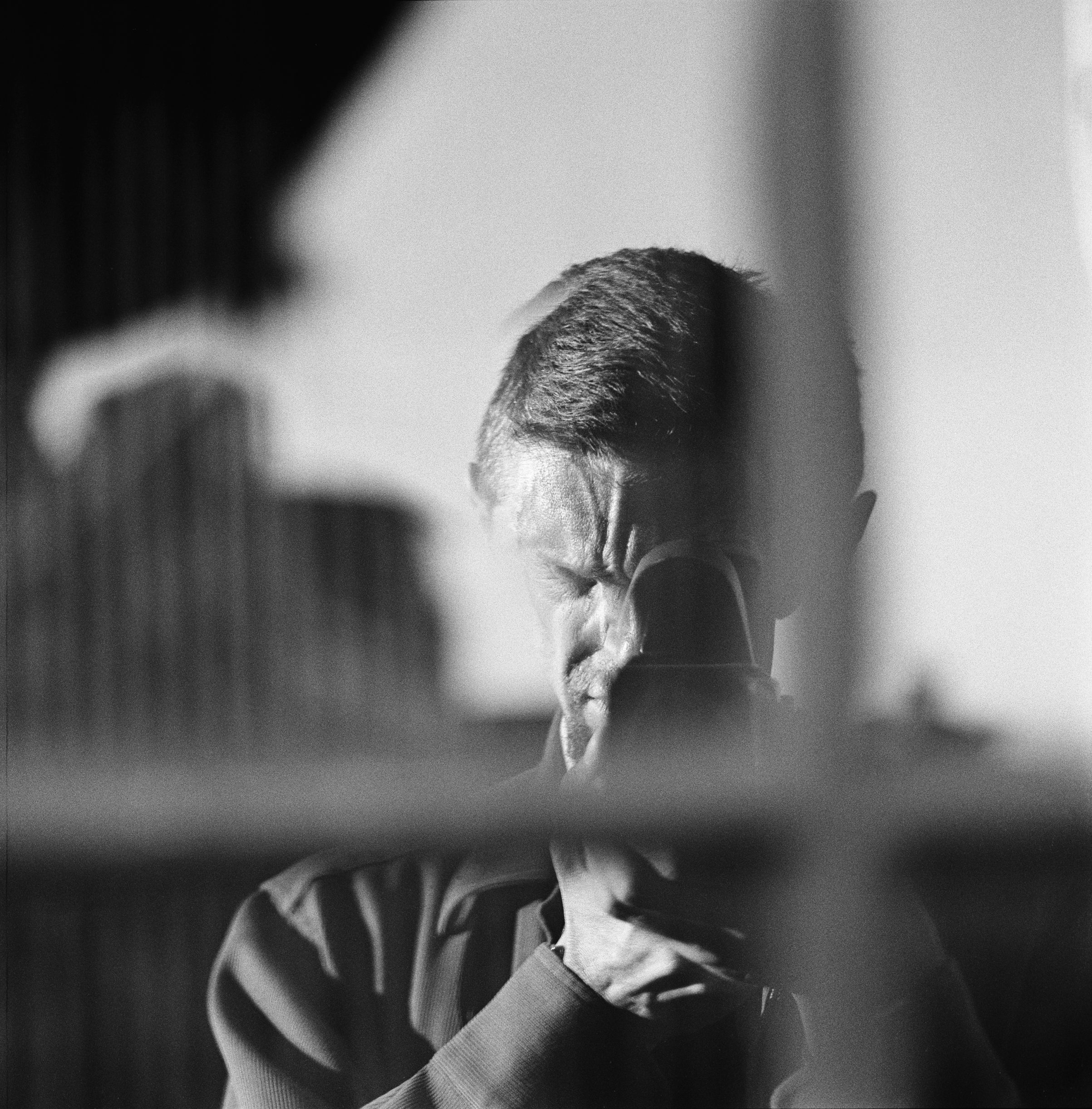
The best way to explore Goldblatt’s oeuvre is through his books, many of which are cherished in the global photographic community. Goldblatt published books for many years in small editions with the help of passionate supporters before attracting worldwide attention. Several of these have been republished over the years, notably by the German publisher Steidl, whose editions feature superior printing that surpasses the first editions. Such is the case with Goldblatt’s first book, On the Mines, originally published in 1973, and published in an improved edition by Steidl in 2014. The book was a collaboration with the late, Nobel-Prize-winning writer Nadine Gordimer, who was born in the town of Springs about 40 miles from Goldblatt, with a similar backdrop of mining in her upbringing.
Goldblatt’s book Some Afrikaners Photographed (1975), considered the day-to-day lives of working-class Afrikaners who benefited from the racist ideology that had become the rule of law during apartheid. Another related canonical book project was In Boksburg (1982), which scrutinized the habits of seemingly ordinary suburban whites of all stripes, living their seemingly moral lives while blacks were banished from the town, barred from owning land or participating in government. Goldblatt characterized his interest in Boksburg as a question: “How is it possible to be upright, decent, ordinary—and yet be complicit in, even supportive of, a system that was simply insane, but immoral, evil.” The genius of his searing photographic indictments is that his images achieved what he termed “a neutral optical effect,” which didn’t take the easy route of villainizing his subjects.


Goldblatt cared deeply about the facts—about truth. It was the details that could point us to the big picture. His book South Africa the Structure of Things Then (1998), focused on the built environment—churches, shopping centers, monuments, housing—and the ways it reflected colonial and apartheid ideology. While that book (known as “Structures” to Goldblatt devotees) is more important, in the sense that it formed the basis of his first U.S. show, which was held at the Museum of Modern Art, his book Particulars is another gem that also focused on details. This book examined the hands, feet and postures of South Africans, black and white. The photos in Particulars are close to intrusively intimate, and stunning in the volumes Goldblatt could tell about culture and privilege in a single human gesture. He made the photos in Particulars in the 1970s and it was published in a limited edition by Goodman Gallery in the 2003. The book won the Recontres d’Arles Book Prize in 2004, and was luckily one of the Goldblatt books revisited and republished with Steidl, in 2014.
Never resting on his laurels, he was working on two books with Steidl that are still to be published, one contending with the culture of violent crime in South Africa, Ex-offenders at the Scene of the Crime, and another on the suburb of Fietas, an area where Indian residents were forcibly removed under apartheid.
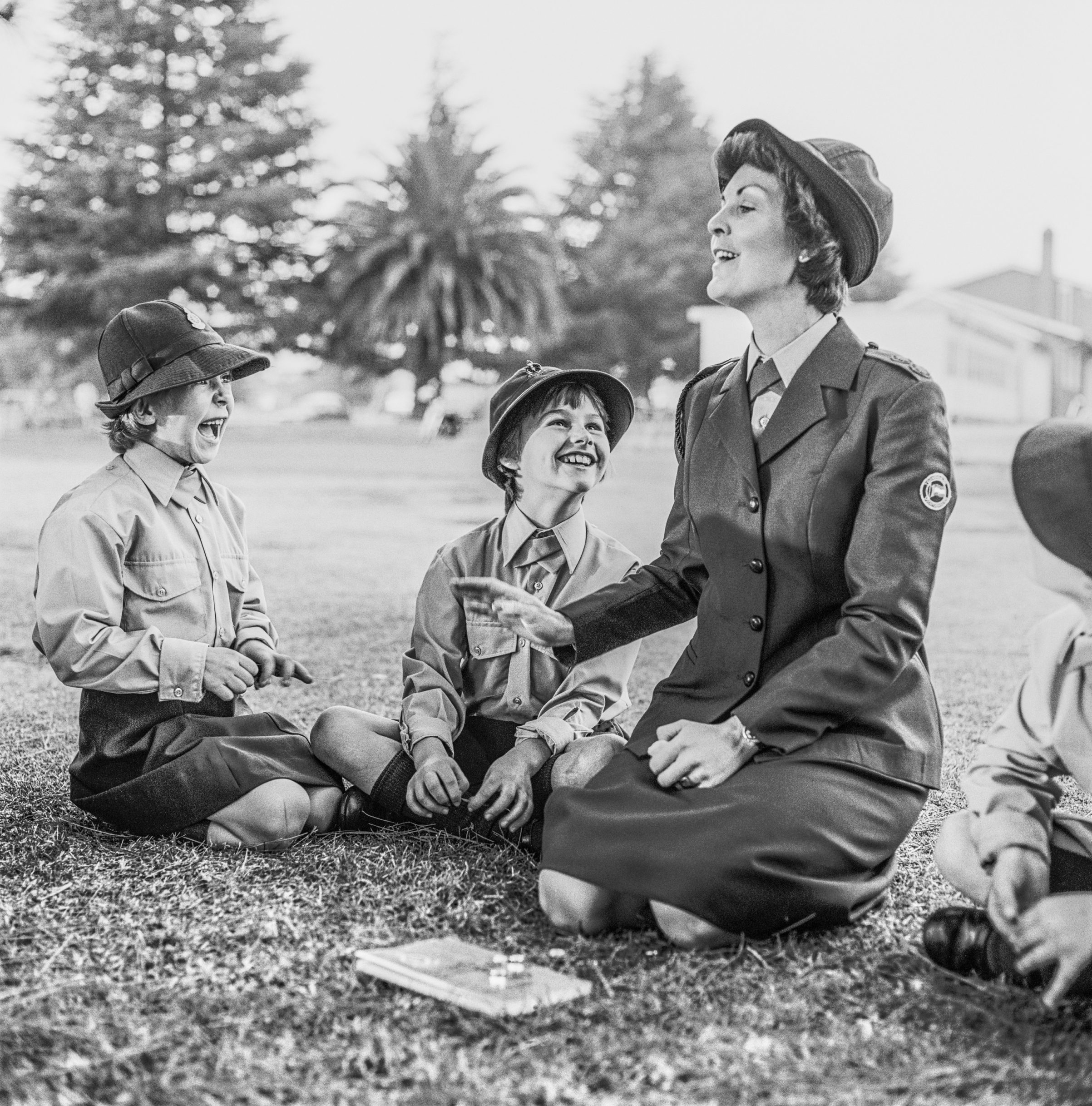


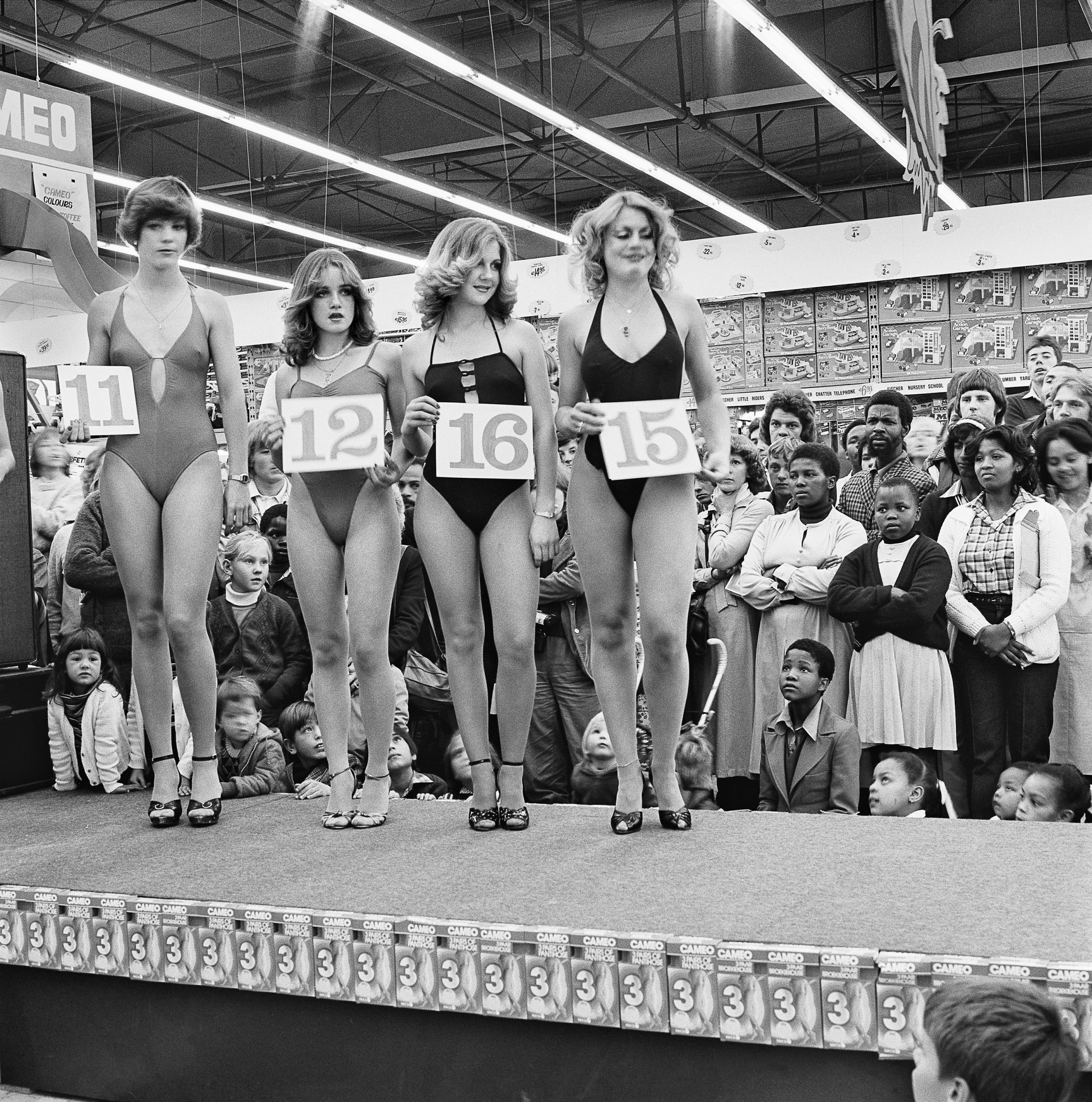

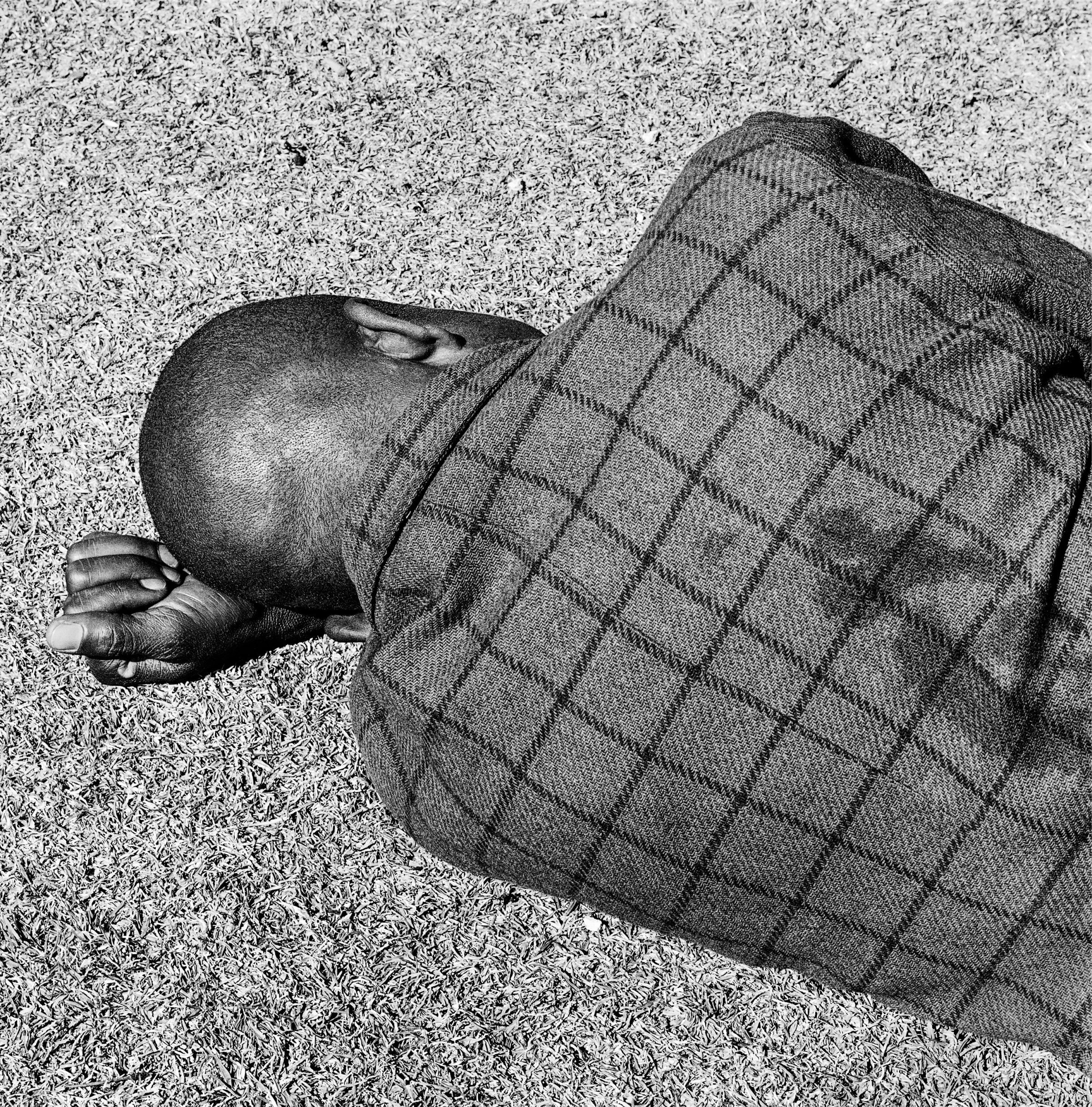



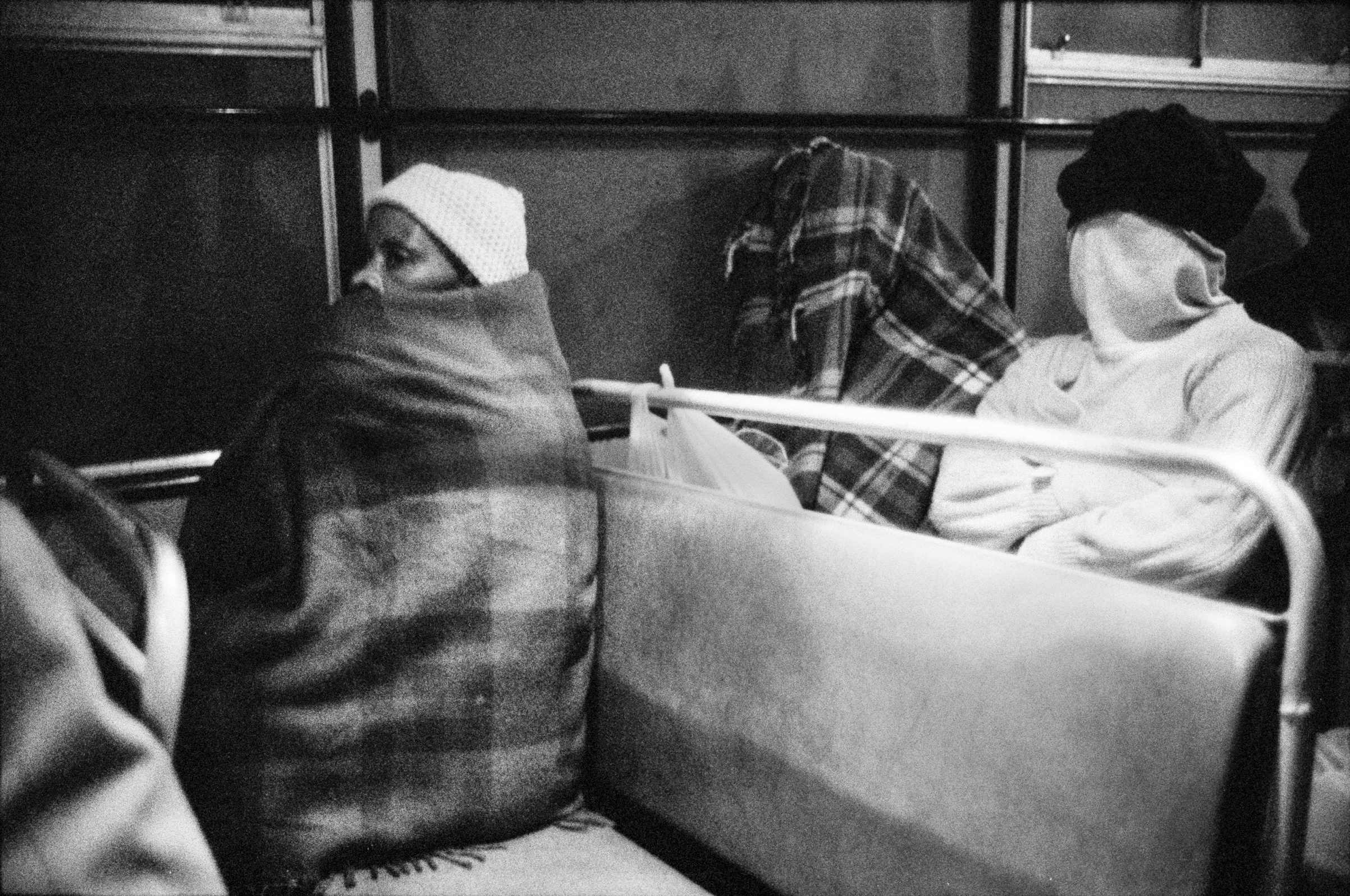

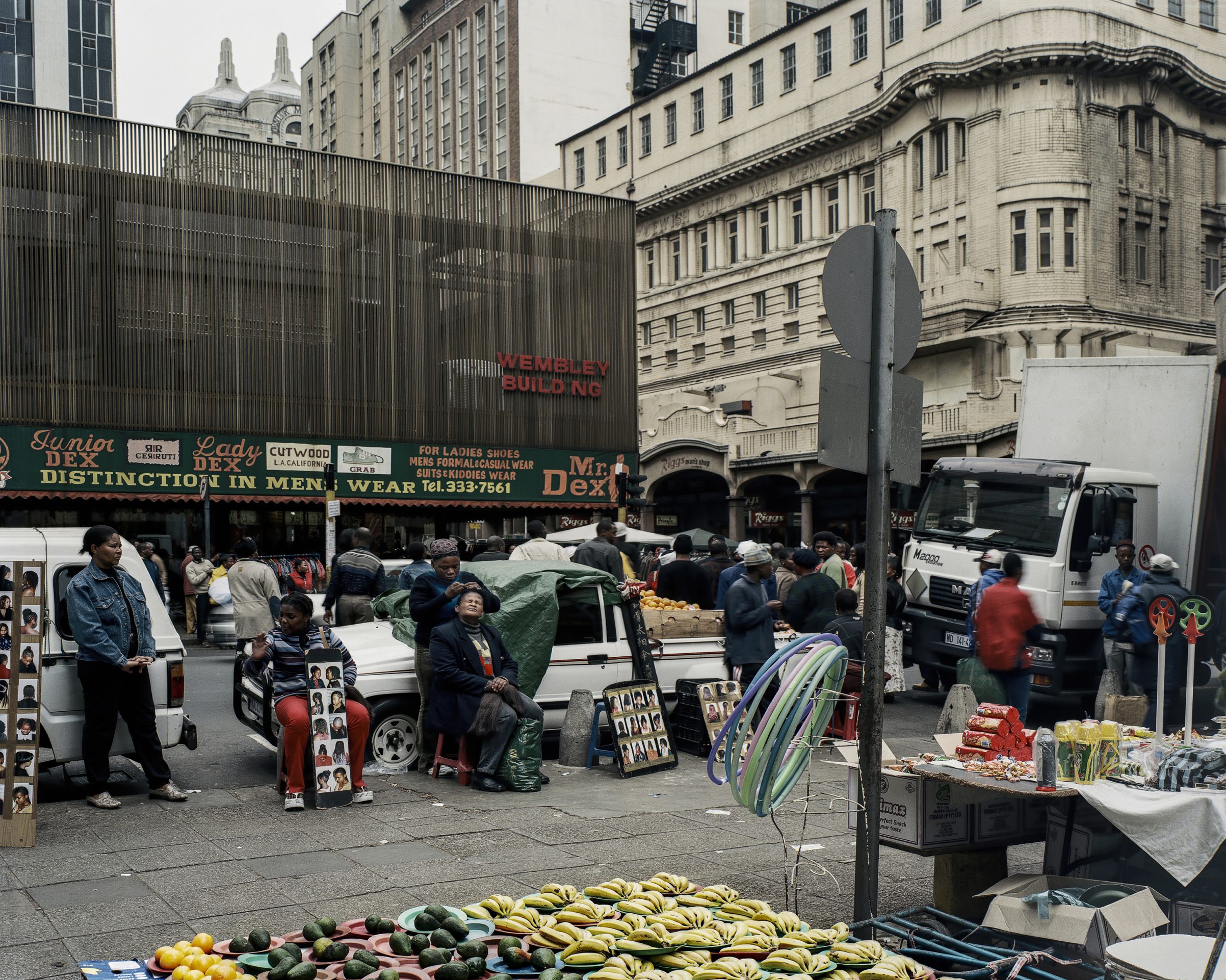
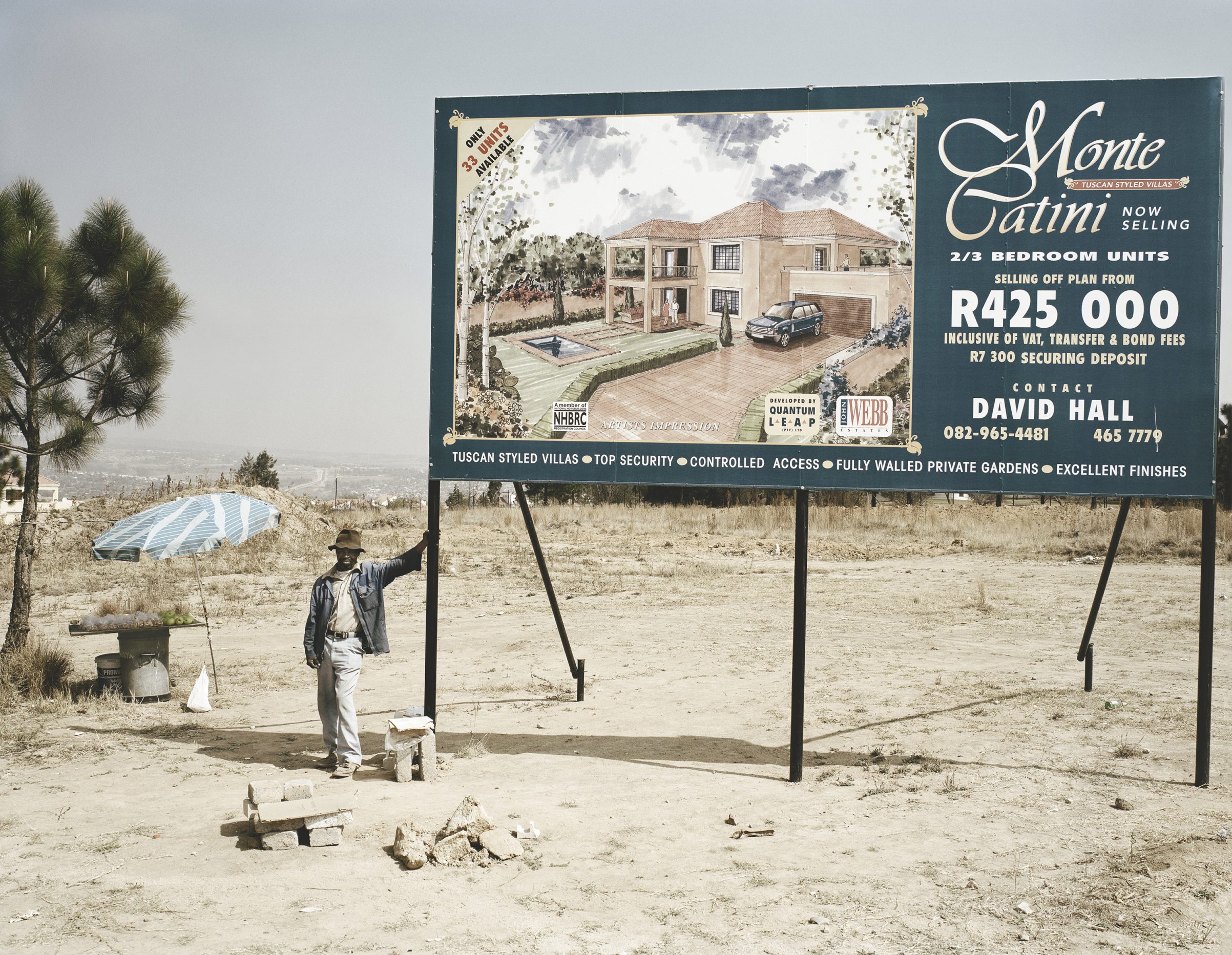
Joanna Lehan is a photography curator, writer and teacher in New York.
- The 100 Most Influential People of 2024
- The Revolution of Yulia Navalnaya
- 6 Compliments That Land Every Time
- What's the Deal With the Bitcoin Halving?
- If You're Dating Right Now, You're Brave: Column
- The AI That Could Heal a Divided Internet
- Fallout Is a Brilliant Model for the Future of Video Game Adaptations
- Want Weekly Recs on What to Watch, Read, and More? Sign Up for Worth Your Time
